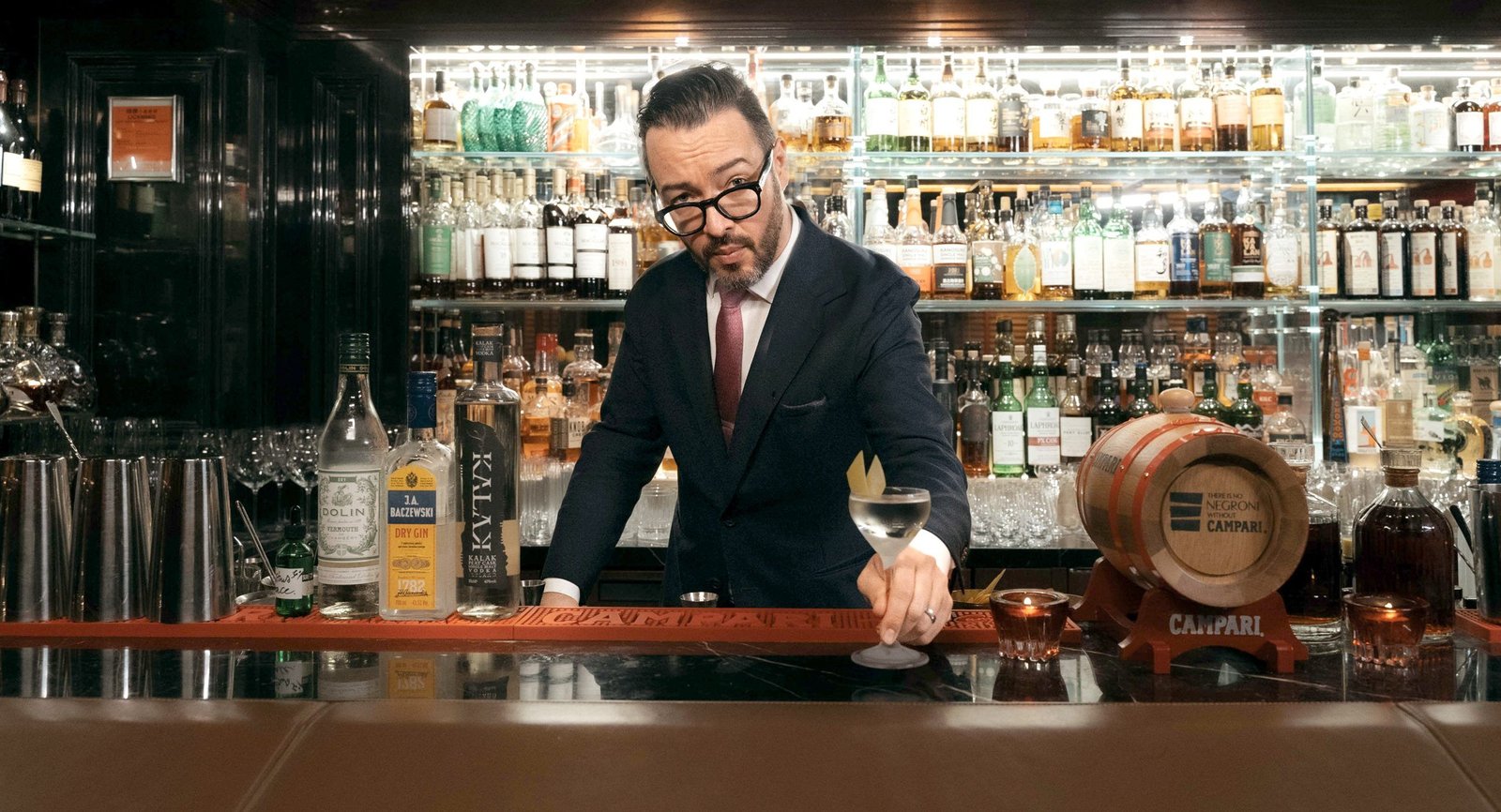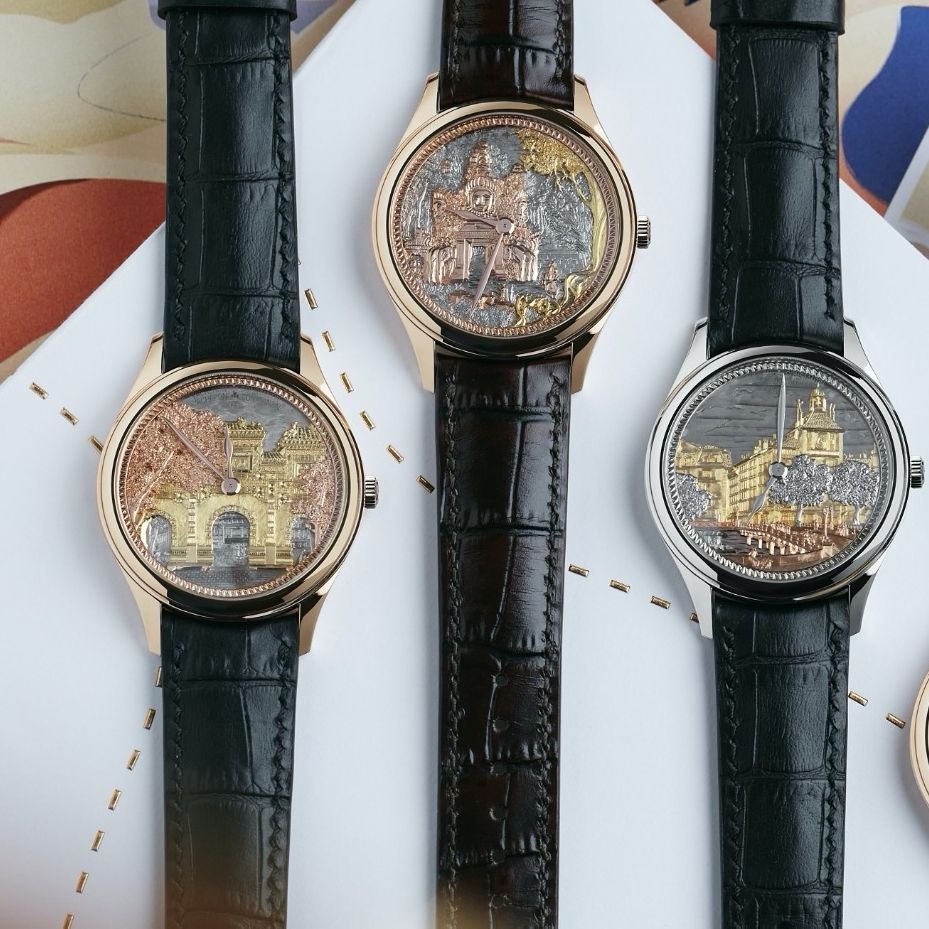Shaken or Stirred: The Peninsula’s Head Mixologist François Cavelier on How you can Make Higher Cocktails at Dwelling

To help you up your cocktail game at home, The Peninsula Hong Kong’s head mixologist François Cavelier gives us his top tips.
Cocktail culture in Hong Kong has taken off – and it’s clear everyone and their aunt loves these beautifully concocted tipples, but when we’re at home we often revert to bottled beers or straight spirits. To bring a dash of colour into your drinking life and elevate the elixirs served at your next dinner parties, we asked The Peninsula Hong Kong’s head mixologist François Cavelier how we can make better cocktails at home.
“Having a mentor would, of course, be great, but a good starting point and – and I’d say the biggest part of it – is learning by yourself,” Cavelier says. “You need to read, and you need to compare the different things you’ve read. For this, the Internet is definitely a great tool. I learned most of what I know now simply by reading, and then practicing. As much as you’d like to have a good mentor, most of the time the reality is that there is no mentor, so you can only rely on yourself.”
There are many classic books on cocktails and mixology, but for those less inclined to sit and flip through pages, the mixologist says that YouTube tutorials and other professional cocktail websites are also hugely helpful. If you’d like to take it up a step, Cavelier also recommends masterclasses at different bars, including his own at The Peninsula.

Once you’ve got a basic understanding of the rules, it’s time to build your collection. It’s more about curation, Cavelier says, than hoarding every bottle under the sun. “If you’re trying to build a good spirit collection, never go for the cheapest ones. Good spirits make good drinks,” he emphasises.
“Many freestanding bars use the cheapest stuff, because they have to watch their profit margin, and they have to think about rent and employee salaries, but those aren’t issues for you at home. So if budget isn’t an issue, go for a higher range. On the flip side, you also don’t want to go too expensive – those are usually for sipping straight. Never combine your sipping spirits with your mixing spirits.”
For Cavelier, a good selection to have at home can be as little as five or six bottles. “For starters, have a good juniper gin, like London Dry, and a Japanese spirit like shochu, either barley or sweet potato,” he explains. “You can twist a lot of cocktails with it. You’ll definitely need a good bourbon, and I prefer 100 proof, with a higher ABV. Stir it a bit longer for more volume or depth. For low calorie and simple drinks, vodka is a must-have – and a bottle of mezcal, ideally Tepeztate. If you’re into Manhattans or the like, having a good rye whiskey is also important. At the end of the day, I’d say it should be quality over quantity.”

The equipment you use is as important as the liquor you pour, so make sure you’ve got a shaker, a mixing tin and jigger. Cavelier recommends a three-piece shaker, so you also have a strainer. Drinking vessels are just as crucial: a stemmed glass to keep drinks chilled, a highball glass for fizzy drinks and a rock glass for sipping neat or on the rocks are the bare minimum you should have.
Once you’ve got your spirits and equipment figured out, it’s time to experiment with flavours. The key here, the mixologist reveals, is to keep things simple and concentrate on one flavour at a time.
“With flavours, try to focus on one main aspect, and work with different spirits and liquors to highlight it,” he explains. “Try to find the perfect combination to elevate that flavour. For example, we have a Manuka-honey cocktail for which we source directly from New Zealand and we use The Honeyman Manuka Mead Wine combined with Deutz Brut Champagne, Yellow Chartreuse and Louis Roque Vielle Prune Eau de vie. But all the additional ingredients are in small parts, so we achieve complexity without overwhelming the flavour of the honey. You never want to denature the product – when you sip, you want to recognise the product and what you’re drinking.”
And some mistakes we should all avoid? “Dilution is very important, whether you’re stirring or shaking,” Cavelier says. “A common mistake is to under-dilute the drink because you want to keep it boozy, but that doesn’t necessarily make a good drink. How much you dilute a drink will immensely affect the outcome of the cocktail, so try and experiment with the right amount of shaking or stirring.
“Oh, and never shake tonic or soda.”
Source: Prestige Online



